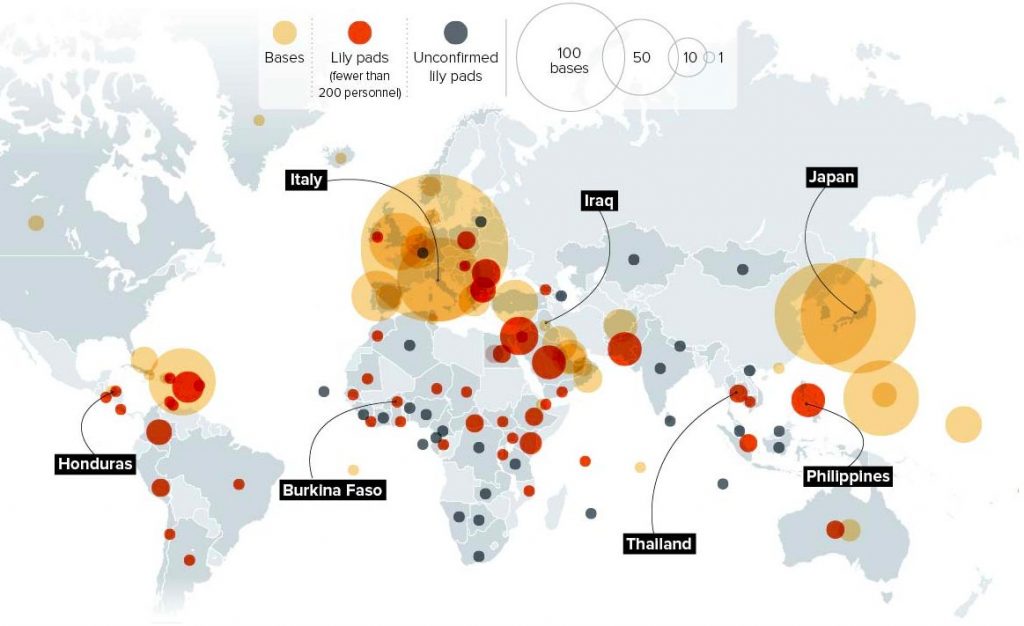The Non-Aggression Path of Belt & Road Initiative.
The Chinese governance model since Chairmen Mao, to president Xi Jinping, helped to uplift a poor agricultural nation as a global powerhouse. Revolutionary economic policies during president Deng Xiaoping in the 1990s as Special Economic Zones and State-Owned Enterprises strengthened national production and paved the way for President Jiang Zemin to push China into World Trade Organization in 1999, and eight years later, it helped President Hu Jintao to convert the Chinese economy four times bigger during his tenure. The most revolutionary achievement of the Chinese government is the eradication of poverty within a very short time span, debatably China is the only nation with a huge population to eradicate poverty without plundering poor nations by creating proxy war-centric economic models. For example, WW1 & WW2 made many industries rich in the US, and the Europeans eradicated poverty by building satellite states while using resources forcefully. Chinese history evolves around and against colonialism from outside powers, this was also a reason for building the historical Great Wall of China in order to stop foreign powers from invading China.
Moreover, huge damage was done to Chinese society during the period of ‘Century of Humiliation’ subjugation of Western powers between 1839-1949. So, the Chinese history and cultural customs are is written in a way to stay apart from getting involved in the internal affairs of other nations. Similar to many other Asian nations, China’s main concern is its own sovereignty, and looking at the past it’s fair to say that, it’s not a part of Chinese policy to change regimes or support proxy wars in order to strengthen national security issues.

David Vine has updated his map of the global footprint of the US military over at Politico Magazine.
Conversely, at present the U.S. has surrounded China with around four hundred military bases, bristling with strategic and tactical weaponry while geopolitically spreading influence in the region but China intends to use a different approach towards this kind of aggregation. For instance, China’s Belt & Road Initiative with its nine routes, three sea routes, three land routes, and three corridors, created alternative trade routes that bypass around hundred and eighty US military bases that could one-day blockade China’s access to international trade routes by international sanctions or other geopolitical proxy wars. At present, eighteen European countries already signed MoU’s with China’s Belt & Road Initiative and freight trains linking forty-eight Chinese cities to forty-two European destinations have already completed over ten thousand journeys.

These routes are equated with roads and trains while China’s domestic road network covers around three hundred thousand kilometers with a road network density of over fifty kilometers per hundred square kilometers. The high-speed rail network of China travels around four hundred kilometers per hour and covers around thirty-eight thousand kilometers, which is around two-thirds of the world’s total. The efficiency of these constructions can be highlighted when comparing to the eight hundred- and forty-kilometer San Francisco-Los angles line which was unable to be completed since 2015. Impotently looking at Chinese military affairs, the Chinese view of global presence is not similar to the western approach on power balancing globally, in fact, China is culturally not interested in ‘converting’ people into the same ideology as the western countries do. This comes from the Christian-based ideology which was mainly used during the colonial era to implement western social customs and norms to convert communities in order to spread influence.
At present, the Quadrilateral Security Dialogue also is known as the QUAD, is quoted by many media as a security alliance like the North Atlantic Treaty Organization (NATO) which was built to hold the expansion of the Soviet Union to Europe after World War II. The combined military spending of all NATO members constitutes over 70% of the global total military spending and the member states to NATO agreed to maintain a target deface spending of at least 2% of GDP by 2024. However, similar to NATO, the QUAD nations have a clear ambition to balance out Chinese influence and the Belt & Road initiative expansion but still, it’s a challenge for the QUAD nations to agree on a military budget given the current economic situation of their member nations.
However, what’s lacking by the US is the unequal distribution of funding to developing nations or not involving developing nations in their cycle of investments. For example, The US FDI’s outflows are averaged at around $200 billion annually, but these investments go to other developed nations like Israel, Japan, Netherlands, or EU nations. If the US wants to tackle the Chinese influence, it should consider engaging in a trade or investment-related approach rather than a military expansion.
by Yasiru Ranaraja (is a researcher on Maritime Affairs, graduating from Dalian Maritime University, and in 2016 he was awarded the Chinese Government Scholarship to complete his LLM at Ocean University of China. Yasiru currently serves as a Director to BRISL)


